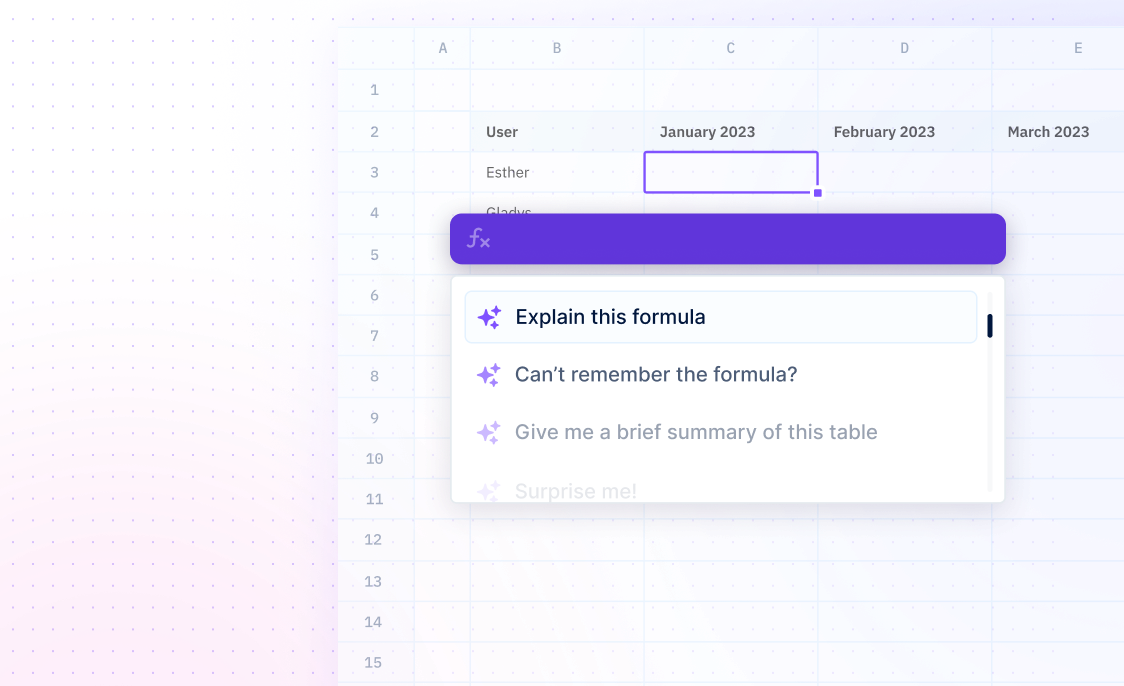
FV
Formulas / FVCalculate the future value of an investment.
=FV(rate, nper, pmt[, pv][, type])
- rate - the interest rate per period
- nper - the total number of payments in the annuity
- pmt - the payment to be made each period
- pv - [OPTIONAL] the present value of future payments
- type - [OPTIONAL] when payments are due
Examples
=FV(A2/12, A3, A4, A5, A6)The FV function can be used to calculate the future value of an investment with the terms in A2, A3, A4, A5, and A6. The FV function takes the investment amount (A2) and divides it by 12 (representing monthly payments). Then it takes the number of payments (A3), the rate of return (A4), the present value (A5), and the type of payment (A6). The type of payment indicates whether the payments are made at the beginning or the end of each period.
=FV(A2/12, A3, A4)The FV function can also be used to calculate the future value of an investment with the terms in A2:A4. The FV function takes the investment amount (A2) and divides it by 12 (representing monthly payments). Then it takes the number of payments (A3), the rate of return (A4), and assumes that the present value is zero and the type of payment is 0 (at the end of each period).
=FV(A2/12, A3, A4,, A5)The FV function can also be used to calculate the future value of an investment with the terms in A2:A5. The FV function takes the investment amount (A2) and divides it by 12 (representing monthly payments). Then
Summary
The FV function enables users to calculate the future value of an annuity, which could be a loan or an investment. All arguments must be calculated using the same unit of time.
- The FV function calculates the future value of an investment based on periodic, constant payments and a constant interest rate.
Frequently Asked Questions
What is the FV Function?
What are the Arguments for the FV Function?
- Rate (required)
- Nper (required)
- Pmt (required)
- Pv (optional)
- Type (optional)


